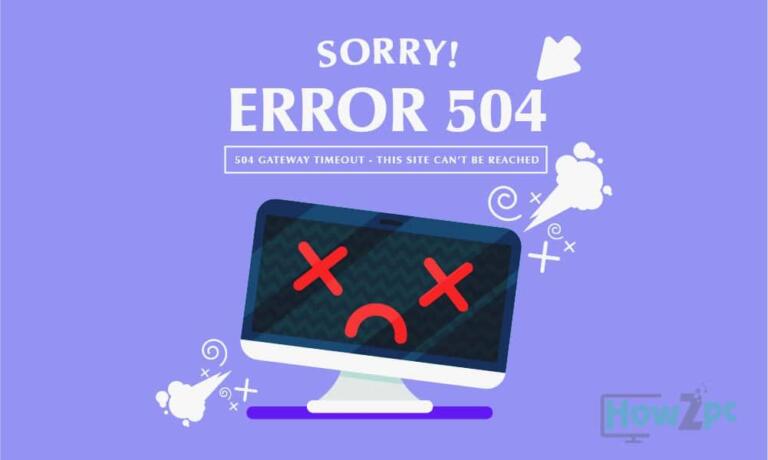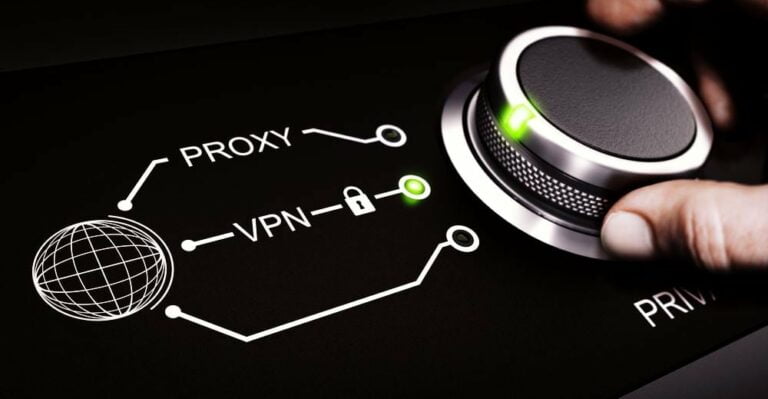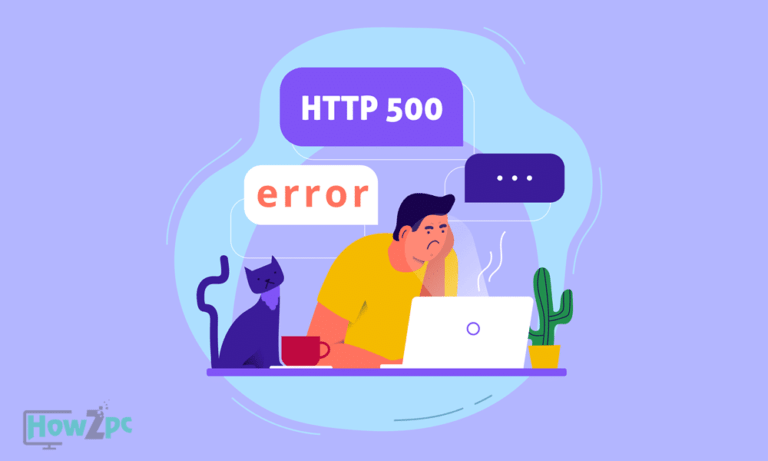There are dozens of different digital threats that can affect your computer, but being targeted by hackers can be particularly damaging.
Besides the fact that hackers gain access to potentially sensitive information, they can also lock you out of your account and cost you a lot of money.
The good news is that modern devices are built with security in mind. Not only this, but being targeted by hackers doesn’t mean you’re out of options.
Let’s take a look at eight steps you can take to fix a hacked system. We’ll also include potential reasons this may have happened to you.
1. Disconnect the Device from the Internet
While it’s true that hackers can target multiple devices in the same network, you shouldn’t assume as much. Helping prevent the hack from spreading can greatly reduce the amount of time that it takes to solve it.
So, the first thing you should do is disconnect the device from the internet, if possible. You may find that your hacked computer has also been locked or blocked, so consider unplugging the Wi-Fi router until you figure out the best way to bring your devices offline.
If you’re a business owner and the hackers have targeted your company’s computers, it can cost almost $4.45 million on average. So, if you have a business, you should contact your IT team right away and have them handle the situation.
2. Update All Credentials
Next, you should change the usernames and passwords of the apps on your phone.
For starters, you should reset the credentials of your main device account. For example, if you’re using a mobile Android device, this will likely be the Google account you’re currently signed in.
Make sure that you repeat this step for all of the apps that have permission to access or change information on your device.
If possible, avoid sharing the login credentials with anyone. This is more difficult in a business setting, but if the hack targeted your company, it’s worth considering using password management software or a similar tool.
3. Run a Security Scan
Even if the hacker has already gained access to your system, it’s important for you to conduct a security scan after the breach has occurred.
The reason for this is that hackers sometimes leave other pieces of malicious software dormant in your devices. If not caught, this malware can make it very easy for hackers to target your devices and gain access to them immediately.
Make sure to use a reliable anti-virus or similar tool that can help you conduct a system-wide scan. As a best practice, you should use it both before and after removing the threat to your device.
4. If You Don’t Already, Implement Advanced Safety Steps
It’s always a good idea to follow general best practices when browsing the internet, regardless if you own a business or not. This is especially true if you’ve been targeted by hackers in the past.
Take a moment to evaluate and implement best practices like:
- Encrypting Your Connection: Make sure to use a VPN whenever you get online through a public connection. You can opt for a standalone platform or an extension for Chrome. The most important thing is to find a provider you can trust.
- Protecting Physical Devices: Reduce the chances of getting hacked by protecting your physical devices wherever you go.
- Setting Up Two-Factor Authentication: Set up two-factor authentication using your phone or email address.
5. Update Your Software
The technology and operating systems used to power your devices aren’t perfect upon release. Not only this but many security loopholes and shortcomings are discovered once these devices are widely available for purchase.
To counter this, software providers and device manufacturers release security patches and updates.
Rather than avoiding these, you should promptly look at each patch and security update that’s relevant to your platform and make sure it’s installed.
These should not be confused with beta versions that are in testing and may, therefore, represent a bigger security risk.
6. Restore Your Back or Create a New One
In case you’re not familiar, a backup is a copy of all of the files, apps, and other pieces of information found on your digital devices.
Today, providers like Google and Apple provide backups for personal and business devices. The best part is that many of these resources are free, as long as you don’t have more than a certain amount of data.
If you created a backup in the past, you’ll be able to restore at least some of the information that has been compromised by hackers.
Now, in case you didn’t set up a backup on this device, it’s never too late to establish the habit! Make it a point to install a backup platform on your device and create the first copy as soon as you fix the hack.
7. If Your Accounts Are Locked, Contact the Right Providers
Hackers usually compound their attacks, so don’t be surprised if you lose access to some of your social media and other accounts.
If this is the case, you should start by contacting the platforms you’ve been locked out of, as they may be able to verify your identity and grant access to your account independently.
If you own a business and have insurance that may cover cyberattacks, this is the right time to contact them.
Why Did Your System Get Hacked?
From your username and password to the applications on your phone and the integrations you allow, hackers can take a number of different approaches to breaching your device.
If it’s obvious, knowing why and how your system was hacked can help you prevent future attacks. But, in most cases, figuring out where the hack originated and why can be tedious — and not 100% accurate.
Your best bet is to start from top to bottom, review your entire system, and make sure that you’re following cybersecurity best practices in all areas. This will help prevent breaches in the future, and it may help you identify how hackers accessed your account the last time.
To Wrap Up
Being targeted by a hacker can be scary, but the best way to solve this issue is to act fast.
By disconnecting your device from the internet, resetting your login credentials, keeping your software updated, and following other digital safety best practices, you should be able to revoke access to sensitive data and prevent the attack from escalating.
It can also be very difficult to figure out where a hack originated, so make sure to keep it safe while browsing the internet, whether it’s for fun or for your business.








